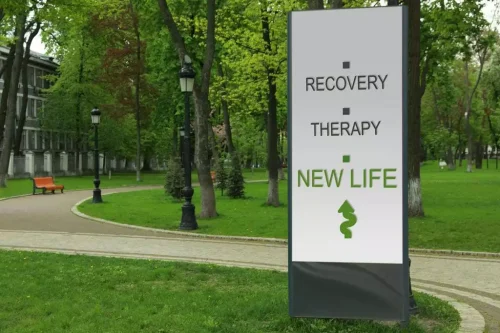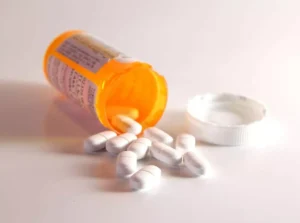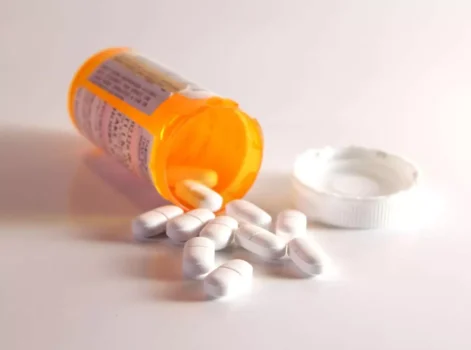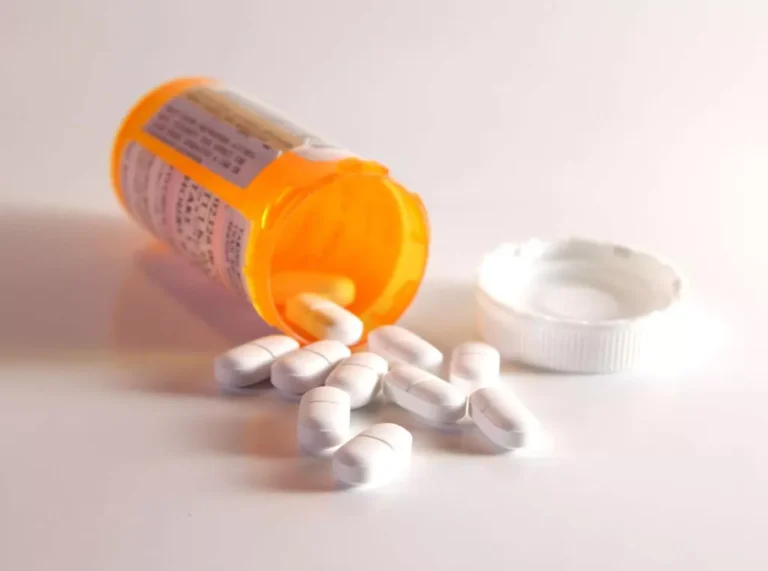
Consistent with the alcohol myopia theory proposed by Josephs and Steele (1990), alcohol reduces attentional capacity, with diminished resources causing an individual to prioritize only the most salient aspects of a situation while neglecting less important aspects. While driving, an individual is required to continuously process and react to novel situations (Jongen et al. 2016). An intoxicated driver, however, may subconsciously prioritise certain aspects of driving over others, leading to more errors and unsafe driving that increases the likelihood of accidents (Tiplady et al. 2001).
Financial consequences
Availability of alcohol to younger, often underage, populations is also widespread (Forster et al., 1995). The expansion of the alcohol beverage market by transnational producers is likely to result in increased and more widespread availability, sales, and consumption (Babor et al., 2018). Working alongside the aforementioned promotional and sponsorship activities, such market expansion has the potential to increase rates of alcohol-related problems including crashes and fatalities (Babor et al., 2018).
Blackout Drunk: Signs, Effects, and How to Stop It
They head out for a night of fun with friends and simply don’t consider what will happen when it’s time to head home. But when the bar is closed, and you’ve hit the freeway, the dangerous reality of drunk driving can come crashing down on you quickly. Of course, these expenses don’t include the potential in property damage, possible job loss, stress on relationships, injury, and loss of freedom. And that’s if no one is killed or seriously injured by your drunk driving accident.
Alcohol
Binge drinking is defined in this study as consuming five or more drinks in a row on at least one occasion (i.e., typically over a period of 2 hours) in the past 2 weeks (Schulenberg et al., 2017). Every state has a zero tolerance law which prohibits under 21-year olds from driving with any detectable amount of alcohol in their blood stream. Now, an under 21-year old with even trace amounts of alcohol in their blood will automatically be guilty of driving under the influence. Most employers, schools and landlords conduct background checks on applicants, which would bring your DUI conviction to their attention.


With respect to race and ethnicity, the groups that are consistently reported as having the highest risk of alcohol-impaired driving are American Indian or Alaska Native (AI/AN) and white drivers (Romano et al., 2010). For fatal crashes among AI/AN persons in 2012, 42 percent were alcohol related, while only 31 percent were alcohol related for other races overall (Letourneau and Crump, 2016). AI/AN persons had a substantially higher rate of alcohol-attributable deaths than whites from 2005 to 2009. In 2005 the age-adjusted motor vehicle-related death rate among AI/AN persons was twice as high as among all other races (Piontkowski et al., 2015). Cultural, socioeconomic, and alcohol availability differences between AI/AN groups have contributed to disparities in overall alcohol-related mortality (Landen et al., 2014). Prevention campaigns in the United States began in earnest in the early 1980s (2).


The answer to this important question has varied over time, but current US guidelines recommend that men who drink should limit intake to two drinks/day or less and women who drink should have no more than one drink/day. The definitions for a drink in the US are the common serving sizes for beer (12 ounces), wine (5 ounces), or distilled spirits/hard liquor (1.5 ounces). The mock-up car unit consisted amphetamine addiction treatment of an adjustable car seat, a seat belt, dashboard, steering wheel, turn sign indicators, a gear lever, and brake and accelerator pedals for vehicle control. The simulation was presented on a wide view display made up of three 42″ LCD flat panel monitors positioned side by side, each with a resolution of 1920 × 1080. Auditory feedback included the sound of the engine, braking, accelerating, and driving off-road.
Related Content
Alcohol has long been considered a “social lubricant” because drinking may encourage social interaction. Having a drink while getting together with family or friends is often part of many special occasions. Participants were instructed to drive within the left lane maintaining steady lateral position and a constant speed of 100 km/h. All data collected prior to the car reaching a speed of 60 km/h, in addition to extreme values for lane curvature, were removed prior to the analysis. Overtaking actions were marked by the participant’s use of the indicator and removed before data analysis.
- All these penalties can be enhanced if the DUI is aggravated or otherwise elevated to felony status.
- According to the Victorian Government, since 2023 around one in four drivers who have lost their lives on Victorian roads have had a blood alcohol concentration of 0.05 or above.
- While some states authorize the use of sobriety checkpoints, others prohibit them or do not have any explicit statutory authority on checkpoints.
- A commonly used driving simulator assessment is the 100-km highway drive, adopted from on-the-road studies (Verster and Roth 2011).
Per Capita Alcohol Consumption
Over 10,000 people die each year in the U.S. from alcohol-related car crashes. And every two minutes, someone is injured in a car accident involving alcohol. Two of every three people will be impacted by a drunk driving crash at some point in their lifetime. Despite these limitations, ignition interlock devices have been shown to reduce repeat instances of drinking and driving. They are consequences of drinking and driving an important tool for keeping roads safer, especially when combined with education and treatment for alcohol use disorder.
Impaired Driving
This offense may also be called OUI (operating under the influence) or DWI (driving while impaired). According to the NHTSA, the estimated economic cost of alcohol-impaired driving crashes in the United States is $49.8 billion annually. This cost includes lost productivity, legal expenses, medical costs, EMS, insurance, property damage, and traffic. There is strong evidence for the https://ecosoberhouse.com/oxford-house/ correlation between increased availability of alcohol and increased consumption and, as a result, increased alcohol-related problems (Ames and Grube, 1999; Babor, 2010b).
- BAC is measured with a breathalyzer, a device that measures the amount of alcohol in a driver’s breath, or by a blood test.
- Drink driving offences may also result in vehicle impoundment or, for serious cases, possible imprisonment.
- In regards to beer, draught beers tend to have higher alcohol by volume (ABV) than a standard drink (Kerr et al., 2008).
- This cost includes lost productivity, legal expenses, medical costs, EMS, insurance, property damage, and traffic.
- All states have laws setting minimum and maximum fines for drunk driving, but those penalties can be enhanced by other circumstances.
- Often called “drunk driving” interchangeably, it refers to operating any vehicle (including bicycles, motorcycles, golf carts, etc.) while impaired.
- See Figure 2-1 for more details on fatalities by role in alcohol-impaired driving crashes.
The study’s findings call into question the predominant theory that alcohol addiction arises from the brain’s attempt to maintain stability despite repeated heavy drinking. That theory describes a “dark side of addiction” where repeated heavy drinking over time leads to changes in the brain systems involved in stress and reward. As a result of those changes, it is hypothesized that individuals shift from drinking for pleasure to drinking to avoid withdrawal and stress. “We have this folklore that people drink excessively when they’re feeling depressed and that it’s really about self-medicating,” said Andrea King, PhD, Professor of Psychiatry and Behavioral Neuroscience at UChicago and lead author of the study. “In this study of natural environment drinking and smart phone-based reports of the effects of alcohol in real-time, participants with AUD and a depressive disorder reported feeling acute, sustained positive and rewarding alcohol effects — just like their non-depressed counterparts.” In a growing number of states, jail terms have become mandatory, even for first-time drunk driving offenders.
